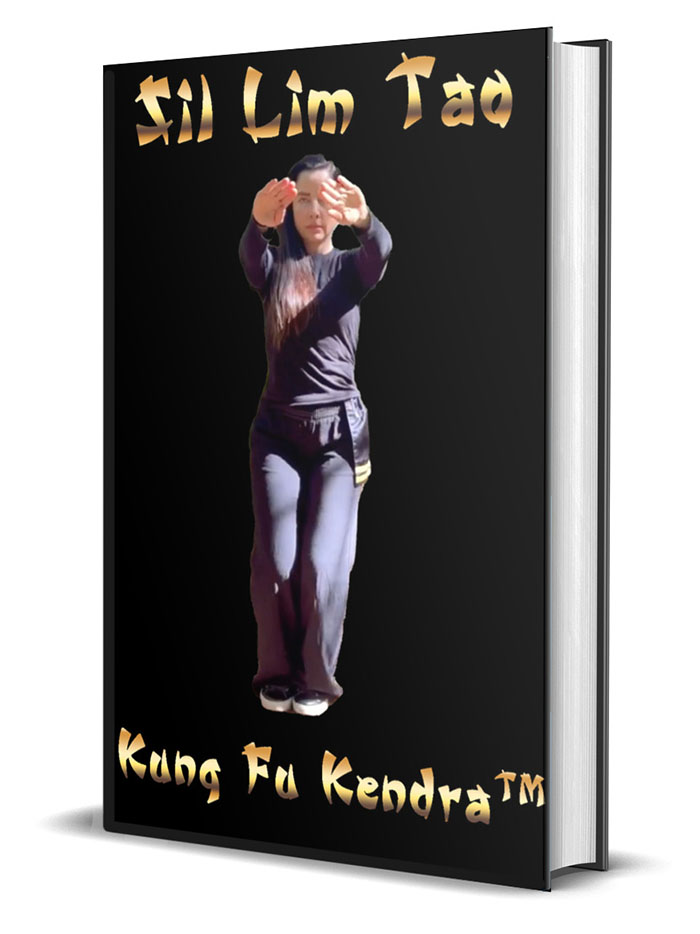Brandon Lee's Martial Arts journey: How Wing Chun Shaped the Crow
Brandon Lee's legacy is forever immortalized by his haunting portrayal in "The Crow," a film that tragically became both the pinnacle and heartbreak of his career. Yet, beneath the surface of his on-screen mystique lay a deep, personal journey in martial arts—a journey profoundly shaped by Wing Chun. Despite the inevitable shadow of his legendary father, Bruce Lee, Brandon carved his own path, blending his inheritance with relentless self-discovery. To truly understand how Brandon Lee became the martial artist and actor the world remembers, one must delve into the roots and discipline of Wing Chun that molded his technique, philosophy, and outlook on both combat and life.
From a young age, Brandon was exposed to myriad martial arts influences, but Wing Chun held a unique place in his development. While Bruce Lee is celebrated for his innovations, it was his early training in Wing Chun under Ip Man that established the family's martial foundation. This legacy naturally passed to Brandon, who, despite dabbling in multiple styles, always circled back to the Wing Chun principles of efficiency, centerline theory, and rapid-fire hand techniques. Guided by his father's teachings and his own curiosity, Brandon practiced the art's most distinctive form, Sil Lim Tao, and drilled Chi Sao—Wing Chun's tactile sparring—to hone his reflexes, sensitivity, and structural alignment. For Brandon, these classical forms were not simply inherited rituals; they were dynamic tools for self-expression and adaptability.
As Brandon matured through adolescence and into adulthood, his approach to Wing Chun evolved from rote learning to creative application. He became fascinated by the art's philosophy of meeting force with structure and redirecting aggression rather than contesting it head-on. Brandon incorporated these strategic concepts into his own evolving martial playbook, often experimenting with blending Wing Chun's close-range trapping with the athletic kicks and agile movements that defined his screen persona. His understanding of "economy of motion"—doing only what is necessary to be effective—became central not only to his fights but to his acting, allowing for authentic, emotionally charged performances where every movement had meaning and purpose. This subtlety, equal parts discipline and artistry, became a hallmark of Brandon Lee's physical storytelling.
"The Crow" presented Brandon with an opportunity to synthesize his years of training into a performance that was at once brutally physical and emotionally transcendent. The influence of Wing Chun is evident in the film's choreography: the rapid hand exchanges, close-range combinations, and ability to move efficiently from defense to attack mirror the art's technical signatures. But it's not only in the martial movements that Wing Chun's influence emerged. The philosophy of adaptability and flow—remaining calm, aware, and centered amidst chaos—allowed Brandon to bring a layered depth to his character. Even in the high-pressure environment of Hollywood stunts and unpredictable filmmaking, Brandon's foundation in Wing Chun gave him the confidence to improvise and remain composed, contributing to the unforgettable realism of his action scenes.
Looking back, Brandon Lee's journey illustrates how Wing Chun can serve as more than a system of combat; it is a vehicle for self-discovery, creativity, and resilience. The art's foundational teachings nurtured Brandon's physical capabilities, while its philosophical underpinnings guided his approach to challenge, artistry, and legacy. By merging ancient tradition with contemporary vision, Brandon Lee honored his family's heritage while forging a distinct, enduring identity of his own. In every fluid motion and purposeful strike, the spirit of Wing Chun endures—an invisible thread connecting Brandon Lee's art to his life, and ultimately, to the legend of "The Crow."

